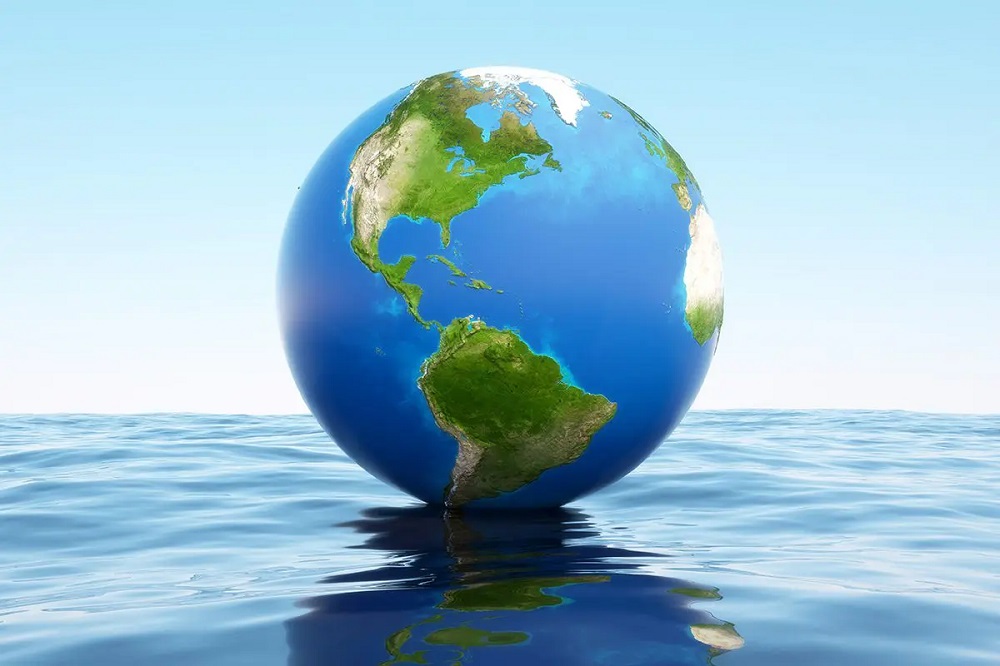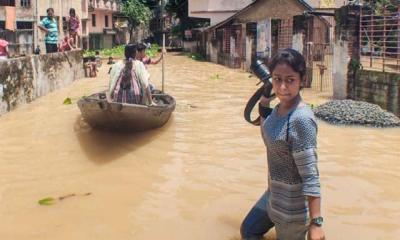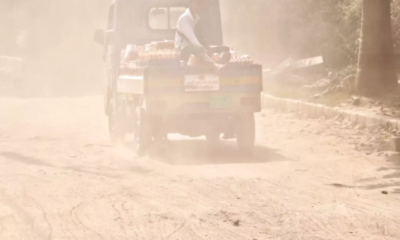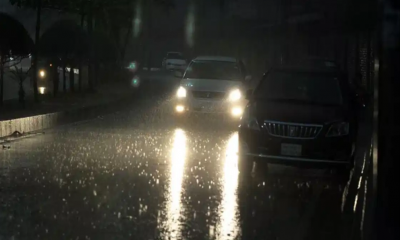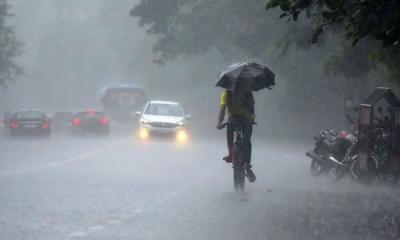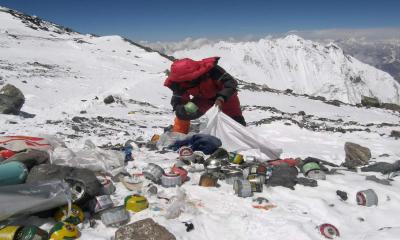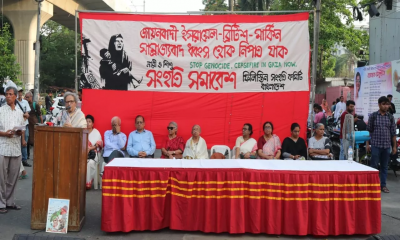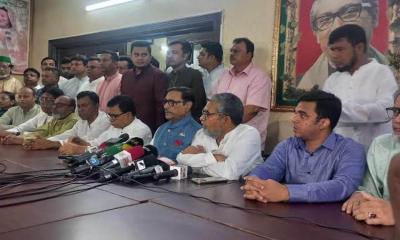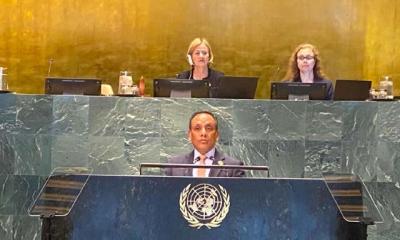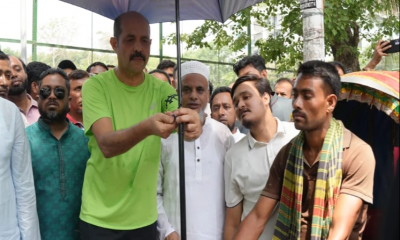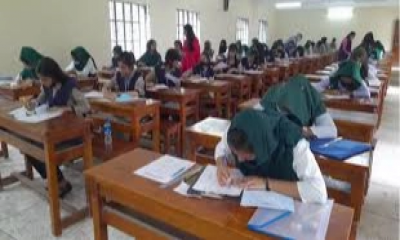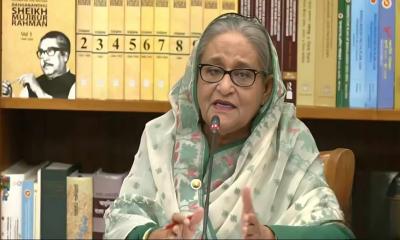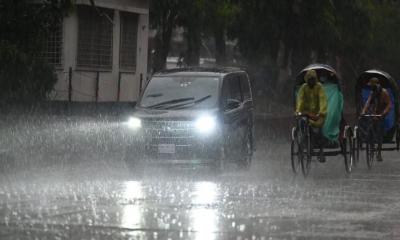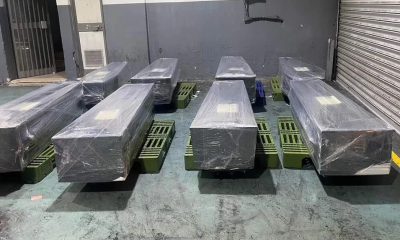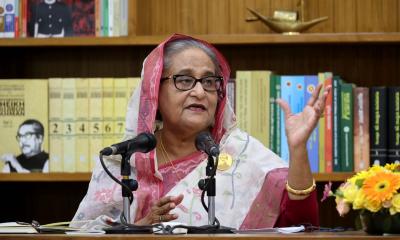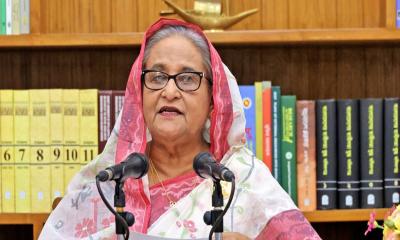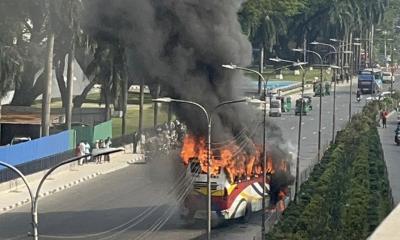‘Another name of water is life’, we often hear this saying. In addition, sustainable development and water are closely linked. Just as life is impossible without water, so water is essential for the natural flow of climate and nature which are closely connected with life and livelihood.
World Water Day is being observed in Bangladesh and elsewhere across the world. For the first time in Bangladesh, the occasion is being celebrated nationwide by every district administration. The theme of this year's World Water Day is ' Groundwater- Making Invisible Resources Visible'.
Experts have long been concerned about the use of groundwater in the country. The use of water resources in the country has once again come up in this discussion on the occasion of World Water Day.
According to the data released by the World Bank in 2019, approximately 3.2 million cubic km of water is extracted annually in the country for various purposes. About 90 per cent of the total extracted water is used for agricultural irrigation and the remaining 10 per cent is used for domestic and industrial purposes.
According to a 2019 estimate by the Bangladesh Agriculture Development Corporation, the number of shallow irrigation wells across the country has increased from 133,800 in 1985 to about 1,600,000 by 2019.
Due to increased groundwater abstraction, the groundwater level has been gradually declining over time and the permanent decline in water level in urban and Barendra areas has also become a matter of concern.
According to the Department of Public Health Engineering, Barendra Region, Dinajpur, the groundwater level in the district is declining every year. According to the information given to the media by the department, the groundwater level has dropped by 9 to 10 feet in the last three years. The water level in the district is now 45 to 55 feet below, whereas three years ago water could be found below 25 to 35 feet.
Also, Dinajpur, the uppermost district in the country from sea level, is showing signs of desertification. In addition to the lowering of the water level, chars have risen in the rivers of the district at an altitude of 36.50 m above sea level. Sun-dew has also been found in plants that indicate desertification.
Extraction of water from the soil has become costly and scarce as the water level has gone down. In addition, the World Bank fears in 2019 that Bangladesh is at extremely high risk due to high arsenic exposure, salinity and depletion of groundwater in 24 percent of the area.
In a virtual seminar organized by FANSA-Bangladesh on the occasion of World Water Day, the director of Bangladesh Water Development Board Dr. Anwar Zahid said that the primary and valuable source of water is ground water. But the water level is declining due to unreasonable extraction of water and man-made pollution such as deforestation, industry, agriculture and animal husbandry, sewerage, storm water flow, oil pollution, radioactive substances, pathogens, saline water infiltration etc.
He suggested that the use of surface water and integrated use should be emphasized in accordance with the National Water Policy 1999 and other government guidelines.
In addition, concerned government officials have at different times expressed their views on reducing the pressure on groundwater. Recently, the Local Government Rural Development and Cooperatives (LGRD) Minister to reduce the pressure on groundwater. Tajul Islam has called for increasing the use of surface water or pond, canall, river-water and recycling in daily work and industrial factories.
Also, a review meeting of the sub-committee to celebrate 'World Water Day-2022' was recently held in the meeting room of the Ministry of Water Resources at the Secretariat. The meeting expressed concern that the rivers across the country, including the northern region, have started dying one by one. The bottom of the river is full and almost all the rivers have become waterless. The river has died due to carelessness and neglect, the benefits are not matching but the opposite has become the cause of misery. Today, more than three hundred rivers, big and small, are endangered due to pollution. The meeting also focused on getting a fair share of the Teesta from India and the forcible occupation of the river.


